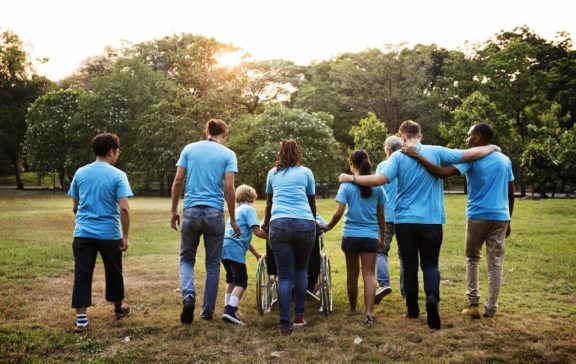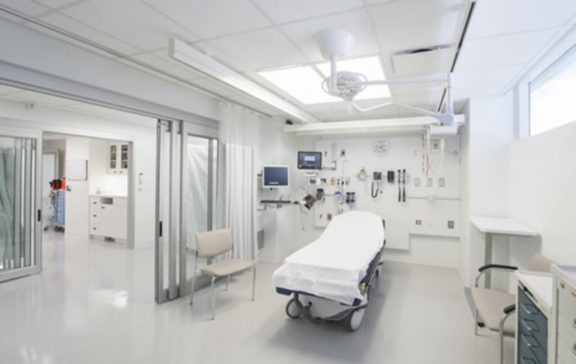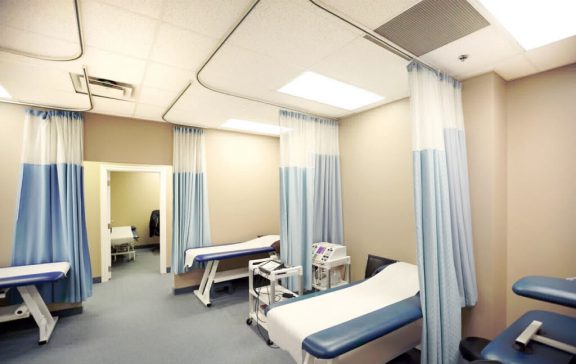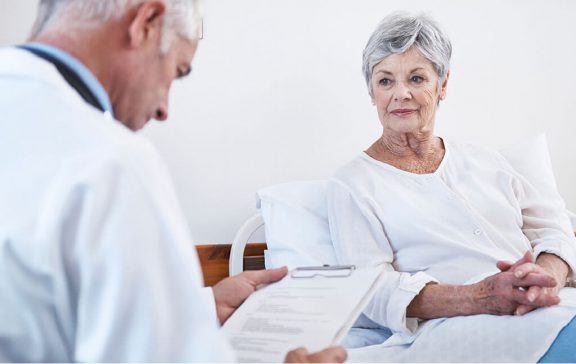


Community
Project Access’ success lies in its relationship-building and thinking creatively to solve community health problems. Continue Reading »
Medical Society
When the Medical Society of Sedgwick County (MSSC) took Project Access under its wing, it ensured that there would be an adequate number of doctors available for participation. Continue Reading »
Hospitals
Because many uninsured people go to local emergency departments for medical needs that often should be treated and managed in a primary care setting, much of the escalated costs for care for the uninsured are borne by the hospitals. Continue Reading »
Clinics
For years community clinics (FQHCs and privately-funded clinics) had to negotiate with doctors and hospitals to get treatment and diagnostic testing for their uninsured patients. Continue Reading »
Funding
Early in the planning process of Project Access, Central Plains Regional Health Care Foundation leaders approached the president of the United Way of the Plains. Continue Reading »
Government Role
Prior to the launch of Project Access, a missing component was prescription medication funding. Continue Reading »
Pharmacists
The involvement of pharmacists began when the MSSC contacted Prescription Network of Kansas (PNK), a pharmacy benefits management company. Continue Reading »
Results
Project Access bears an obligation to a whole community of people: patients, funders, health care providers, governments, taxpayers— to ensure that funding is spent efficiently and effectively. Continue Reading »